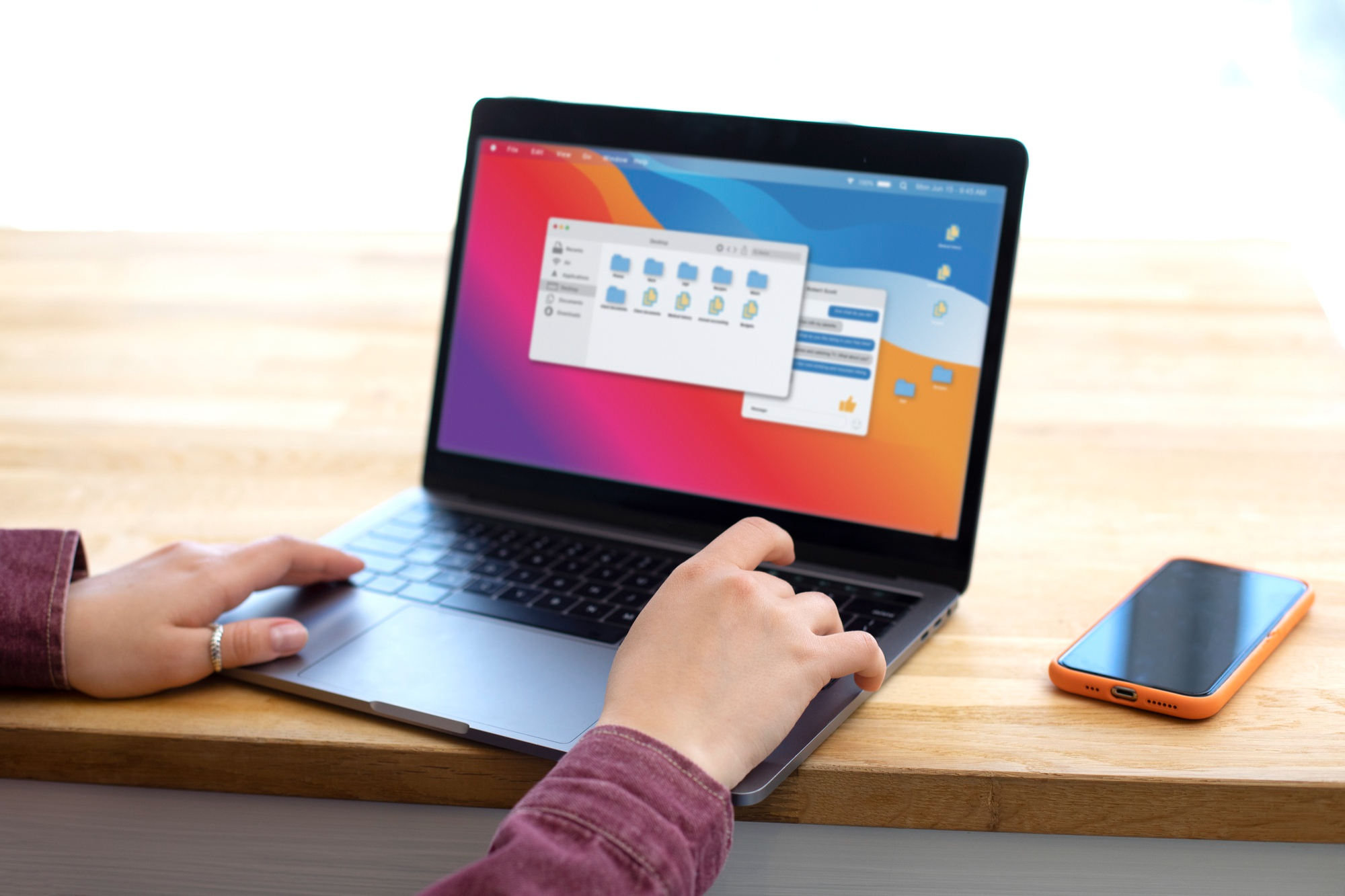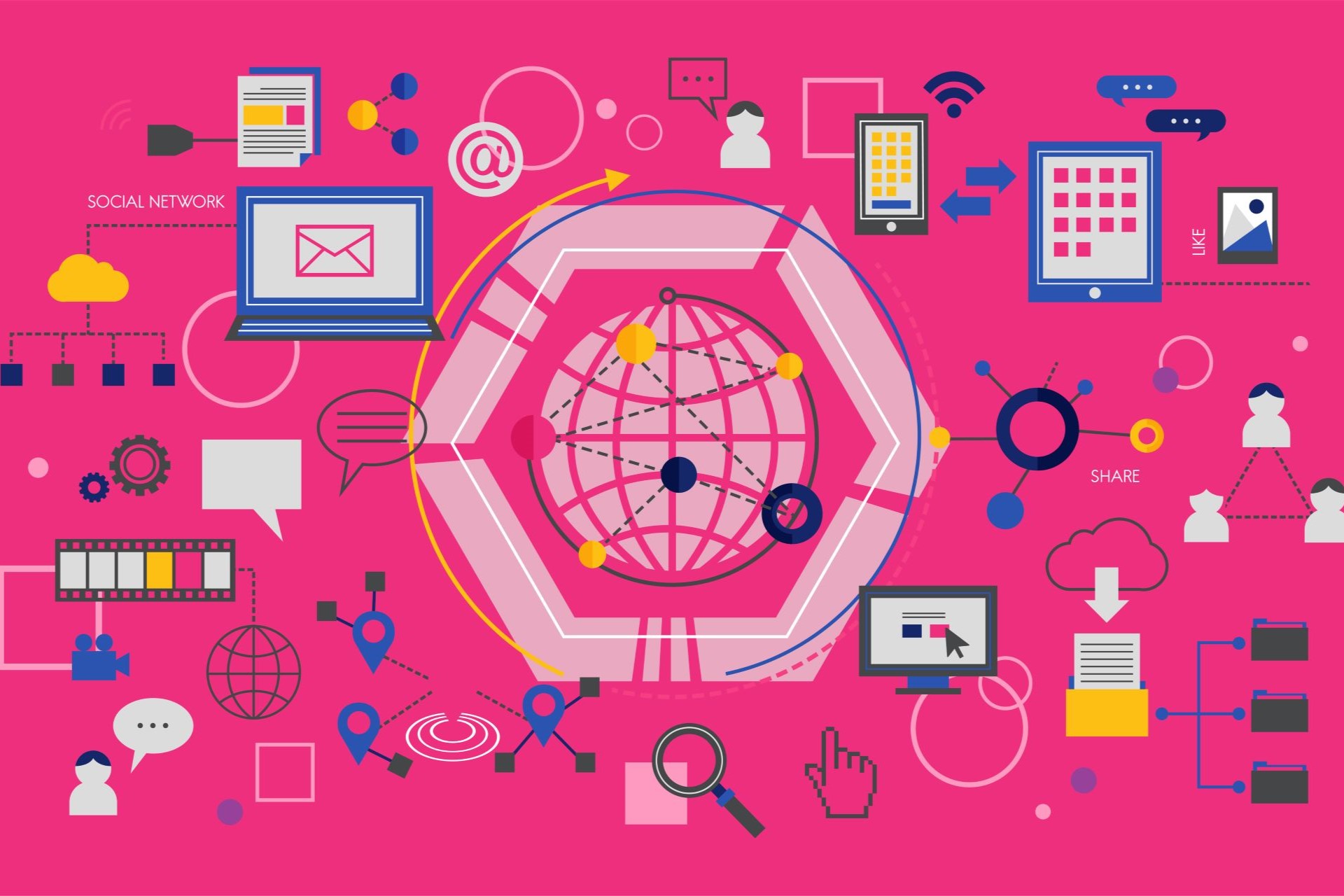In today’s digital age, where organizations heavily rely on software applications to streamline operations, ensuring efficient and secure usage of these applications has become paramount. This is where Employee Monitoring Software comes into play. By monitoring and analyzing user activity within software applications, organizations can optimize usage, enhance security, and boost productivity.
Introduction to Application Activity Tracking
What is application activity tracking?
Application activity tracking refers to the process of monitoring and recording user interactions within software applications. This includes actions such as logins, file access, system changes, and application usage patterns.
Importance in organizations
In an era where data breaches and cyber threats are prevalent, understanding how employees interact with software applications is crucial for maintaining cybersecurity. Additionally, tracking application activity provides valuable insights into user behavior, which can be leveraged to enhance operational efficiency.
Benefits of Application Activity Tracking
Enhanced Security
By monitoring application activity, organizations can detect and respond to suspicious behavior in real-time, thereby mitigating the risk of data breaches and unauthorized access. This proactive approach to security allows organizations to identify potential threats as they occur, preventing malicious actors from exploiting vulnerabilities within the system.
Improved Productivity
Insights gained from application activity tracking can help identify bottlenecks and inefficiencies in workflows, enabling organizations to optimize processes and improve overall productivity. By analyzing user interactions with software applications, organizations can identify areas where employees may be spending excessive time or encountering obstacles, allowing for targeted interventions to streamline workflows and increase efficiency.
Resource Optimization
By analyzing application usage patterns, organizations can identify underutilized software licenses and resources, leading to cost savings and better resource allocation. This enables organizations to make informed decisions about resource allocation, ensuring that resources are utilized efficiently and effectively. Additionally, by identifying redundant or unnecessary applications, organizations can streamline their software portfolio, further reducing costs and improving overall efficiency.
Key Features of Application Activity Tracking Software
Application activity tracking software offers a range of features designed to enhance security, improve productivity, and optimize resource allocation within organizations. Let’s explore some of the key features in detail:
Real-time Monitoring
One of the primary features of application activity tracking software is real-time monitoring. This capability allows organizations to monitor user activity within software applications as it happens.
By continuously tracking user interactions, organizations can promptly detect and respond to security incidents, such as unauthorized access attempts or suspicious behavior.
Real-time monitoring provides organizations with the agility to address security threats as they occur, minimizing the potential impact on operations and data security.
Detailed Reporting
Another essential feature of application activity tracking software is detailed reporting. These software solutions offer comprehensive reporting features that enable organizations to generate detailed insights into user activity, compliance status, and application performance.
Through customizable reports and dashboards, organizations can gain visibility into various aspects of application usage, such as user login times, file access history, and system changes.
Detailed reporting not only facilitates compliance with regulatory requirements but also helps organizations identify areas for improvement and optimization.
User Activity Analysis
Advanced analytics capabilities are another key feature of application activity tracking software. These solutions leverage machine learning and data analytics techniques to analyze user behavior patterns and identify trends within software applications.
By examining user activity data, organizations can gain valuable insights into how employees interact with applications, which features are most frequently used, and where inefficiencies may exist.
User activity analysis enables organizations to make data-driven decisions to optimize application usage, improve productivity, and enhance user experience.
| Key Features | Description | Benefits |
| Real-time Monitoring | Real-time monitoring capabilities enable organizations to track user activity within software applications as it occurs. This allows for prompt detection and response to security incidents, minimizing the potential impact on operations and data security. |
– Prompt detection and response to security incidents – Minimization of operational disruptions and data breaches |
| Detailed Reporting | Comprehensive reporting features provide organizations with detailed insights into user activity, compliance status, and application performance. Customizable reports and dashboards facilitate compliance with regulatory requirements and help identify areas for improvement. |
– Compliance with regulatory requirements – Identification of areas for optimization and improvement |
| User Activity Analysis | Advanced analytics capabilities analyze user behavior patterns and identify trends within software applications. This enables organizations to gain insights into application usage, identify inefficiencies, and make data-driven decisions to optimize productivity and user experience. |
– Optimization of application usage and productivity – Improved user experience and satisfaction |
This table offers a comprehensive overview of the key features of application activity tracking software, including detailed descriptions and benefits associated with each feature.
Implementation Process
Assessing Organizational Needs
Before implementing application activity tracking, organizations must conduct a thorough assessment of their security and operational requirements. This involves:
- Identifying current security challenges and vulnerabilities within the organization’s IT infrastructure.
- Understanding the specific goals and objectives of implementing activity tracking, such as enhancing security, improving productivity, or achieving regulatory compliance.
- Assessing the organization’s existing software applications and infrastructure to determine compatibility and integration requirements.
- Soliciting feedback from key stakeholders, including IT personnel, security teams, and department heads, to gather insights into their needs and concerns.
- Evaluating budgetary constraints and resource availability to ensure alignment with organizational priorities.
By conducting a comprehensive assessment, organizations can gain clarity on their requirements and objectives, enabling them to make informed decisions during the implementation process.
Selecting the Right Software
With a wide range of application activity tracking software available in the market, selecting the right solution requires careful consideration of several factors:
- Features: Evaluate the features offered by different software solutions and prioritize those that align with the organization’s requirements. Look for features such as real-time monitoring, customizable reporting, and integration capabilities.
- Scalability: Consider the scalability of the software to accommodate future growth and expansion of the organization. Ensure that the chosen solution can scale seamlessly to meet evolving needs and requirements.
- Vendor Reputation: Research the reputation and track record of software vendors to ensure reliability, support, and ongoing maintenance. Look for vendors with a proven history of delivering high-quality products and excellent customer service.
- Cost: Assess the total cost of ownership, including licensing fees, implementation costs, and ongoing maintenance expenses. Consider both short-term and long-term costs to determine the most cost-effective solution for the organization.
By carefully evaluating these factors, organizations can select a software solution that best meets their needs and objectives, ensuring a successful implementation process.
Deployment and Training
Successful implementation of application activity tracking requires proper deployment and comprehensive training for employees:
- Deployment: Ensure that the chosen software is deployed correctly and configured to meet the organization’s requirements. Work closely with IT personnel and software vendors to oversee the deployment process and address any technical issues that may arise.
- Training: Provide comprehensive training for employees to ensure effective utilization and compliance with the new software. Offer training sessions or workshops covering key features, usage guidelines, and best practices. Encourage feedback and address any concerns or questions raised by employees during the training process.
- Documentation: Develop and distribute user manuals, guides, and documentation to support employees in using the software effectively. Provide ongoing support and resources to address any challenges or issues that may arise after the initial deployment.
By investing in proper deployment and training, organizations can maximize the benefits of application activity tracking and ensure a smooth transition for employees.
Best Practices for Application Activity Tracking
Setting clear policies
Establishing clear policies and guidelines regarding application usage and monitoring helps ensure transparency and compliance with regulatory requirements.
Regular auditing
Regular audits of application activity logs and reports are essential for identifying anomalies, ensuring data integrity, and maintaining regulatory compliance.
Employee education and awareness
Providing ongoing education and awareness training for employees helps foster a culture of security and accountability within the organization.
Future Trends in Application Activity Tracking
AI-driven analytics
The integration of artificial intelligence (AI) and machine learning (ML) technologies into application activity tracking software represents a significant advancement in the field. AI-driven analytics leverage sophisticated algorithms to analyze vast amounts of data generated by user interactions within software applications. This allows organizations to:
- Enhance predictive analytics: AI algorithms can identify patterns and trends within application usage data, enabling organizations to predict future user behavior and anticipate potential security threats or performance issues.
- Automate threat detection and response: By continuously analyzing user activity in real-time, AI-driven analytics can automatically detect anomalous behavior or security breaches and initiate proactive response measures. This reduces the reliance on manual intervention and improves the organization’s ability to mitigate security risks promptly.
Enhanced user privacy features
Privacy concerns surrounding application activity tracking have prompted the development of enhanced privacy features designed to protect user data and ensure compliance with regulations such as GDPR and CCPA. These features include:
- Anonymization: Application activity tracking software can anonymize user data by removing personally identifiable information, such as usernames or IP addresses, from activity logs and reports. This helps safeguard user privacy while still allowing organizations to analyze usage patterns and trends.
- Encryption: Encrypting sensitive data ensures that it remains secure and protected from unauthorized access or interception. Encryption techniques, such as data-at-rest and data-in-transit encryption, are applied to user activity logs and data stored within the tracking software.
- Granular access controls: Organizations can implement granular access controls to restrict access to sensitive user data and activity logs. Role-based access control (RBAC) mechanisms enable organizations to define specific permissions and privileges for different user roles, ensuring that only authorized personnel can access sensitive information.
Integration with IoT devices
The proliferation of Internet of Things (IoT) devices presents new opportunities for application activity tracking by expanding the scope of data collection and analysis. Integration with IoT devices allows organizations to:
- Track and analyze user activity across a broader range of endpoints: IoT devices, such as smart sensors, wearables, and connected appliances, generate vast amounts of data that can provide valuable insights into user behavior and preferences. By integrating with IoT devices, application activity tracking software can capture and analyze this data to gain a more comprehensive understanding of user interactions.
- Enhance context-aware analytics: IoT devices provide contextual information about user behavior and environmental conditions, enabling more accurate and context-aware analytics. For example, tracking user activity on a mobile device equipped with location sensors can provide insights into user behavior based on their physical location and movement patterns.
- Improve personalized user experiences: By leveraging data from IoT devices, organizations can personalize user experiences and tailor software applications to meet individual preferences and needs. For example, a smart thermostat that tracks user activity and temperature preferences can adjust settings automatically to optimize comfort and energy efficiency.
Application activity tracking plays a vital role in optimizing software usage in organizations by enhancing security, improving productivity, and enabling better resource allocation. By implementing best practices and leveraging advanced technologies, organizations can unlock the full potential of application activity tracking to achieve their business objectives.
FAQs
- What types of applications can benefit from activity tracking?
- Activity tracking can benefit a wide range of applications, including productivity suites, collaboration tools, CRM systems, and enterprise resource planning (ERP) software.
- How can organizations address employee privacy concerns related to activity tracking?
- Organizations can address privacy concerns by implementing transparent policies, anonymizing data where possible, and providing clear communication about the purpose and benefits of activity tracking.
- What role does compliance play in application activity tracking?
- Compliance with relevant regulations such as GDPR, HIPAA, and CCPA is essential when implementing activity tracking to ensure the protection of sensitive data and user privacy.
- Is it necessary to inform employees about activity tracking?
- Yes, transparency is key. It’s essential to inform employees about the purpose and scope of activity tracking to foster trust and compliance.
- How can organizations measure the ROI of implementing activity tracking?
- ROI can be measured through metrics such as reduced security incidents, increased productivity, cost savings from resource optimization, and improved compliance with regulatory requirements.




